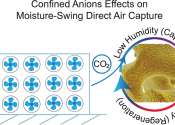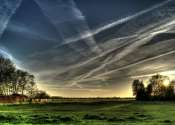New water vapor condenser takes cues from darkling beetle
Access to clean water is a huge issue across the globe. Even in areas with water resources, a lack of infrastructure or reliable energy means purifying that water is sometimes extremely difficult.
Apr 1, 2021
1
135









